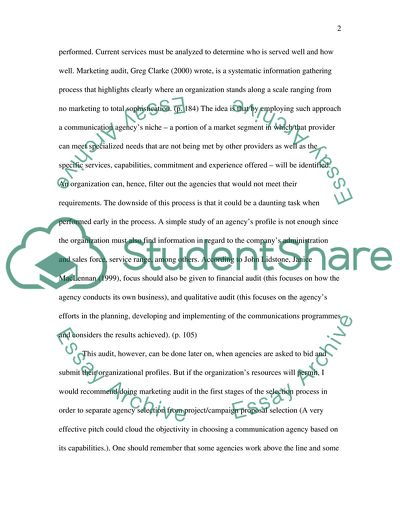Cite this document
(“Marketing Communication Essay Example | Topics and Well Written Essays - 4000 words”, n.d.)
Marketing Communication Essay Example | Topics and Well Written Essays - 4000 words. Retrieved from https://studentshare.org/marketing/1712915-marketing-communication
Marketing Communication Essay Example | Topics and Well Written Essays - 4000 words. Retrieved from https://studentshare.org/marketing/1712915-marketing-communication
(Marketing Communication Essay Example | Topics and Well Written Essays - 4000 Words)
Marketing Communication Essay Example | Topics and Well Written Essays - 4000 Words. https://studentshare.org/marketing/1712915-marketing-communication.
Marketing Communication Essay Example | Topics and Well Written Essays - 4000 Words. https://studentshare.org/marketing/1712915-marketing-communication.
“Marketing Communication Essay Example | Topics and Well Written Essays - 4000 Words”, n.d. https://studentshare.org/marketing/1712915-marketing-communication.


